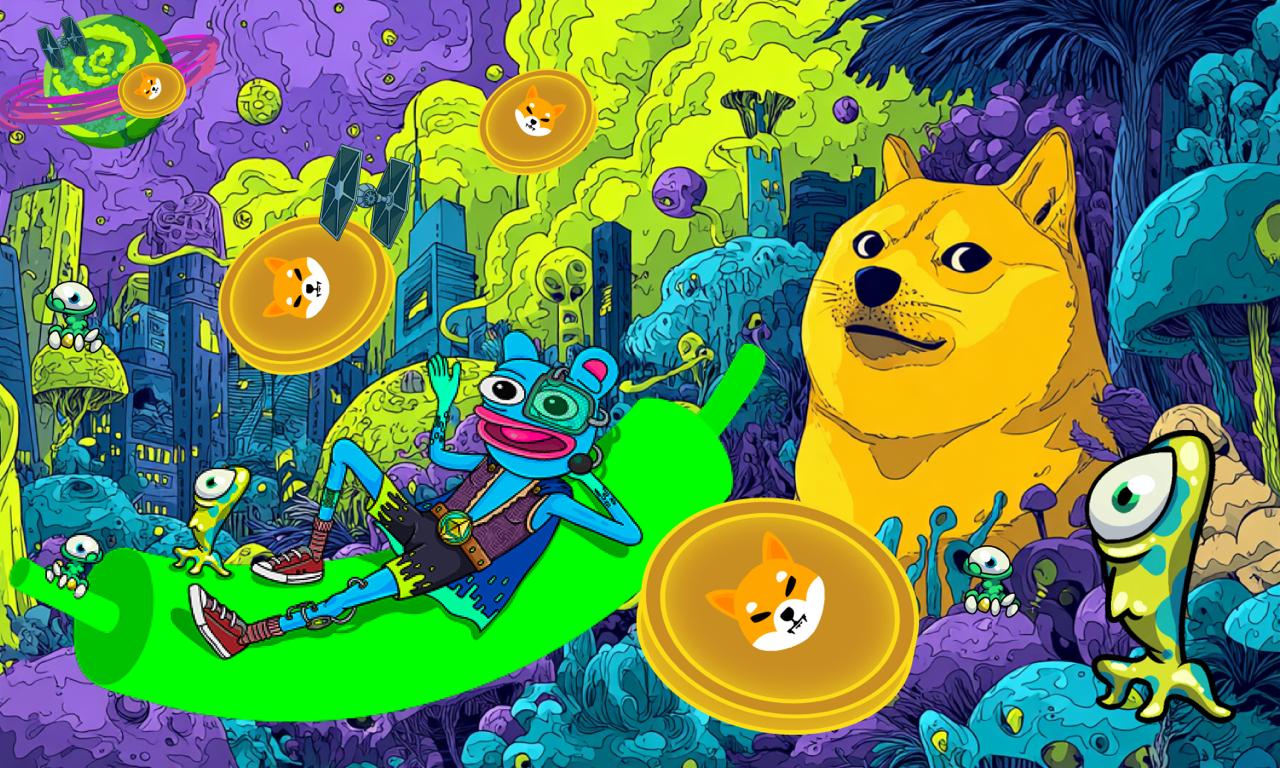ZOOZ Strategy strengthens its position: purchased an additional 94 Bitcoin for a treasury of over a thousand units

ZOOZ Strategy Ltd. continues to consolidate its presence in the cryptocurrency sector with a new, significant investment in bitcoin.
The company, a pioneer in integrating bitcoin as a central treasury asset, has announced the purchase of an additional 94 bitcoin at an average price of 112 thousand dollars per unit, for a total value of approximately 10 million dollars.
With this operation, the total bitcoin reserves held by ZOOZ rise to 1,036 units.
A long-term treasury strategy
The latest purchase confirms ZOOZ’s determination in pursuing a treasury strategy based on bitcoin.
Since the launch of this policy in July 2025, the company has invested approximately 115 million dollars in acquiring bitcoin, strengthening its position as the first dual-listed company on Nasdaq and Tel Aviv Stock Exchange (TASE) to integrate bitcoin as a key treasury asset.
This choice represents an innovative approach to capital management, offering investors direct exposure denominated in New Israeli Shekels (NIS) to the bitcoin market.
It is a rare and distinctive opportunity in the financial markets landscape, allowing shareholders to benefit from the growth potential of bitcoin while maintaining high financial and regulatory standards.
The words of CEO Jordan Fried
Commenting on the new operation was Jordan Fried, CEO of ZOOZ, who emphasized the consistency and speed with which the company is advancing its strategic vision.
These statements highlight ZOOZ’s intention to position itself as a reference point for those seeking institutional and regulated exposure to bitcoin, without compromising the solidity of traditional financial infrastructures.
A model for the future of finance
ZOOZ’s approach represents a case study for the global financial sector. Being the first company listed on both Nasdaq and TASE to implement a treasury strategy based on bitcoin marks an important step towards the integration between traditional markets and new digital economies.
Through holding bitcoin as a strategic asset, ZOOZ offers shareholders an opportunity for asymmetric and long-term exposure, potentially capable of generating value in a rapidly evolving market environment.
The decision to denominate the exposure in New Israeli Shekels adds an additional element of uniqueness, allowing local investors to access bitcoin directly without the need for currency conversions or external platforms.
The numbers of the ZOOZ strategy
Since the launch of its bitcoin treasury strategy, ZOOZ has accumulated a total of 1,036 bitcoin, with an aggregate value of approximately 115 million dollars.
The latest purchase of 94 bitcoin, made at an average price of 112 thousand dollars per unit, further strengthens the company’s position and confirms its confidence in the potential of bitcoin as a store of value and a tool for asset diversification.
A bridge between traditional markets and bitcoin
ZOOZ’s stated mission is to act as a bridge between traditional capital markets and the bitcoin ecosystem.
Through its presence on both Nasdaq and TASE, the company provides investors with regulated and transparent access to bitcoin, overcoming many of the barriers that still limit institutional adoption of cryptocurrencies.
This strategy, in addition to representing a competitive advantage for ZOOZ, helps legitimize bitcoin as a treasury asset even among a broader and more traditional audience, potentially paving the way for new similar initiatives by other publicly traded companies.
ZOOZ: innovation and solidity
ZOOZ stands out for its ability to combine innovation and solidity. The adoption of bitcoin as a strategic asset is not just an investment choice, but a statement of intent on the future direction of finance.
By offering shareholders a direct window into the world of bitcoin, ZOOZ positions itself as a pioneer of a new era, in which cryptocurrencies become an integral part of the wealth management strategies of publicly traded companies.
Conclusions: a strategy that looks to the future
The latest bitcoin purchase by ZOOZ Strategy confirms the company’s determination to maintain a leading role in the evolution of financial markets.
With over a thousand bitcoin in its portfolio and a solid presence on both Nasdaq and TASE, ZOOZ positions itself as a model for anyone looking to explore the potential of bitcoin in a regulated and transparent context.
The strategy of ZOOZ, based on discipline, long-term vision, and innovation, could represent a turning point for the entire sector, marking the beginning of a new phase of integration between traditional finance and new digital technologies.
You May Also Like

The “100% Win Rate Whale” has completely closed its BTC long position, making a profit of $1.4 million

‘Code Is Law’ documentary nails the drama of DeFi hacks — despite what it leaves out
